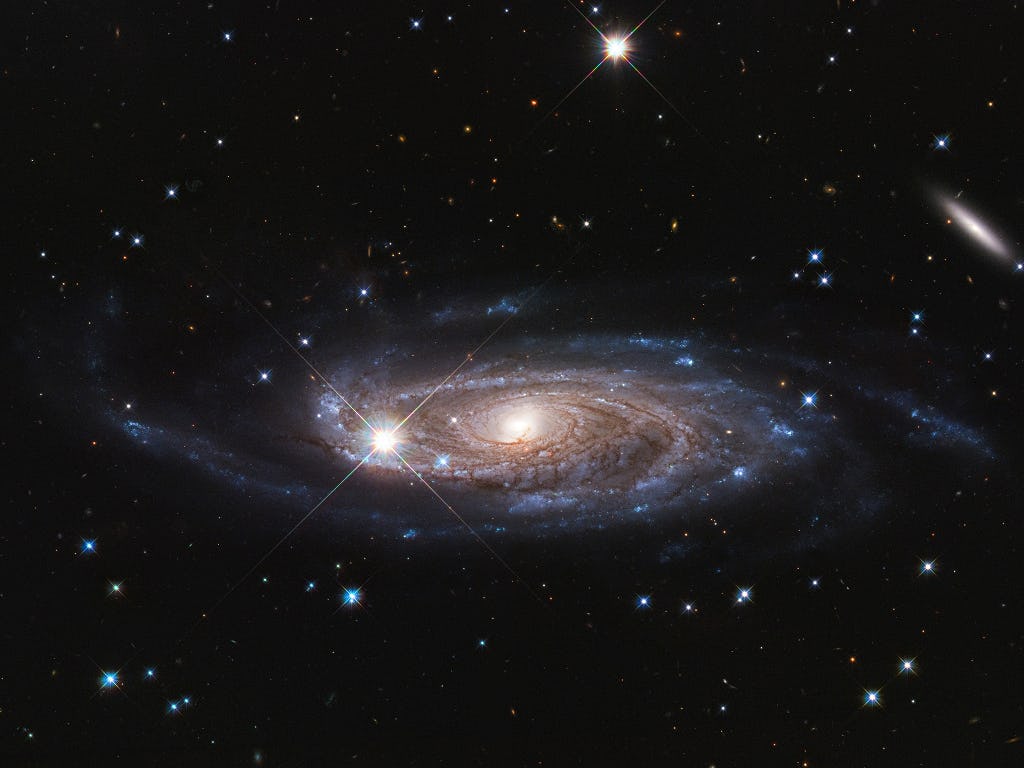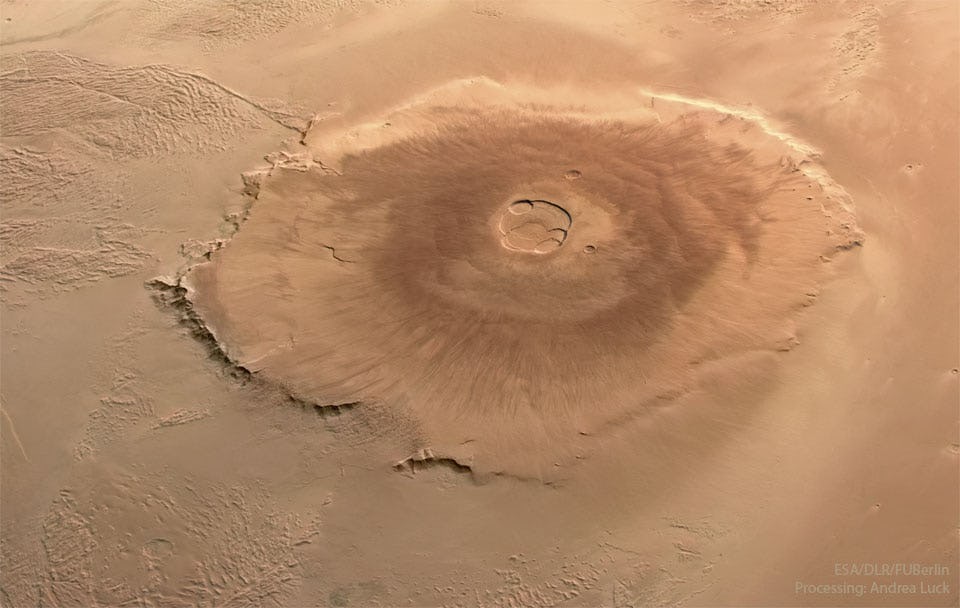Must I wait for you,
after all these years?
Must I keep smiling,
when shedding tears?
Public Posts Seattle, WA Seattle, WA (zoom)
The icy fingers
of Winter's end,
pry into a Spring,
where snow descends.
The grass was wet,
with new fallen snow.
Please leave us Winter,
do it now, just go.
Wish I could,
with all my might,
be with you,
all day and night.
You are my star,
the only one.
I am yours,
'til my life is done.
What kind of fool,
do you think, I'd be,
if I gave up,
with no fuss, silently?
NASA Astronomy Picture of the Day:
Relativity's Terran 1 Rocket is mostly 3D-printed. It burns a cryogenic rocket fuel composed of liquid methane and liquid oxygen (methalox). In this close-up of a Terran 1 launch on the night of March 22 from Cape Canaveral, icy chunks fall through the stunning frame as intense blue exhaust streams from its nine Aeon 1 engines. In a largely successful flight the inovative rocket achieved main engine cutoff and stage separation but fell short of orbit after an anomaly at the beginning of its second stage flight. Of course this Terran 1 rocket was never intended to travel to Mars. Still, the methane and liquid oxygen components of its methalox fuel can be made solely from materials found on the Red Planet. Methalox manufactured on Mars could be used as fuel for rockets returning to planet Earth.

A chunky soup that is an all-in-one meal, made with all the ingredients of the classic Lasagna and tastes just like the Lasagna you love More at Simply Recipes ➜
A strange sound,
addled my brain.
My ears ringing,
I heard this refrain.
Stop the noise,
I heard someone sing,
those bells are paper,
they won't ring.
Smokey blossoms,
pinkish hue,
seeing this tree,
thinking of you.
NASA Astronomy Picture of the Day:
In this Hubble Space Telescope image the bright, spiky stars lie in the foreground toward the heroic northern constellation Perseus and well within our own Milky Way galaxy. In sharp focus beyond is UGC 2885, a giant spiral galaxy about 232 million light-years distant. Some 800,000 light-years across compared to the Milky Way's diameter of 100,000 light-years or so, it has around 1 trillion stars. That's about 10 times as many stars as the Milky Way. Part of an investigation to understand how galaxies can grow to such enormous sizes, UGC 2885 was also part of An Interesting Voyage and astronomer Vera Rubin's pioneering study of the rotation of spiral galaxies. Her work was the first to convincingly demonstrate the dominating presence of dark matter in our universe.
"Maybe you’re not like me — and geez, I hope you’re not — but I’m at that juncture in life where reminiscing is a better pastime than daydreaming about the future. I know, I know, Be Here Now, practice Mindfulness, yeah, yeah, but I’m 72 years old and there’s a lot more in the rearview than what’s up ahead and okay, I realize I need to keep my eye on the road for what’s coming up. Nevertheless"… Read more
NASA Astronomy Picture of the Day:
The largest volcano in our Solar System is on Mars. Although three times higher than Earth's Mount Everest, Olympus Mons will not be difficult for humans to climb because of the volcano's shallow slopes and Mars' low gravity. Covering an area greater than the entire Hawaiian volcano chain, the slopes of Olympus Mons typically rise only a few degrees at a time. Olympus Mons is an immense shield volcano, built long ago by fluid lava. A relatively static surface crust allowed it to build up over time. Its last eruption is thought to have been about 25 million years ago. The featured image was taken by the European Space Agency's robotic Mars Express spacecraft currently orbiting the Red Planet. Your Sky Surprise: What picture did APOD feature on your birthday? (post 1995)








.jpg?fit=crop&w=280&h=280&q=93)















 - Copy.jpg?fit=crop&w=280&h=280&q=93)














